This is the most unusual discovery yet made by the Curiosity rover on Mars. "I think this is the strangest discovery of the entire mission and the most unexpected," said Curiosity project scientist Ashwin Vasavada at NASA's Jet Propulsion Laboratory (JPL).
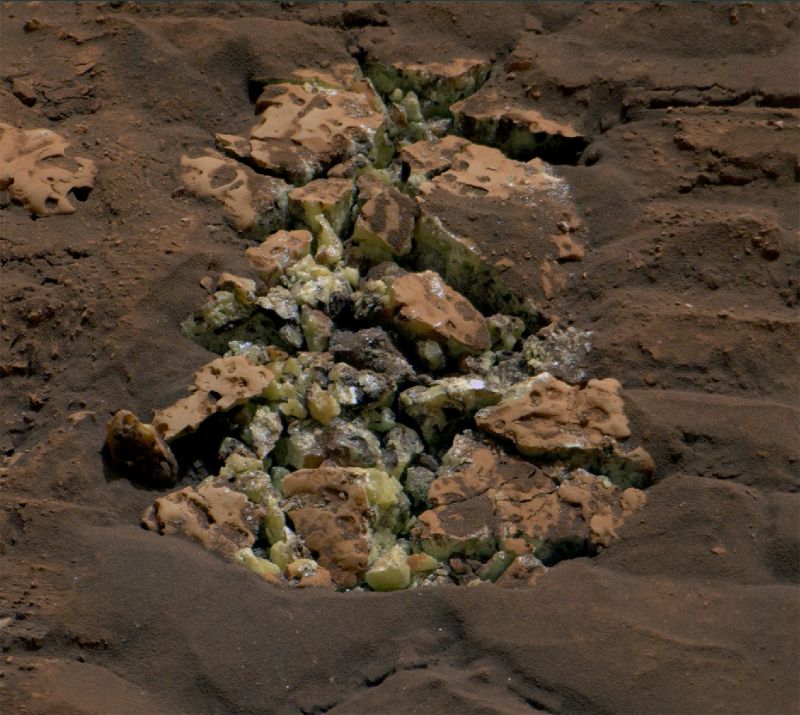
NASA's Curiosity rover accidentally ran over a rock and cracked it open, revealing yellow crystals on May 30. Photo: NASA/JPL
The Curiosity rover explores the Gediz Vallis channel, a winding channel that appears to have been formed 3 billion years ago by a combination of flowing water and debris. The Gediz Vallis channel is part of the 5-kilometer-high Mount Sharp, which the rover has been climbing since 2014.
The rover saw white rocks in the distance, and mission scientists wanted to get a closer look. The rover operators at JPL turned 90 degrees to position the rover's cameras to capture a mosaic of the surrounding landscape.
On the morning of May 30, Vasavada and his team looked at Curiosity's image and saw a boulder wedged between the rover's wheel tracks. A closer look at the boulder clarified the "shocking" discovery, he said.
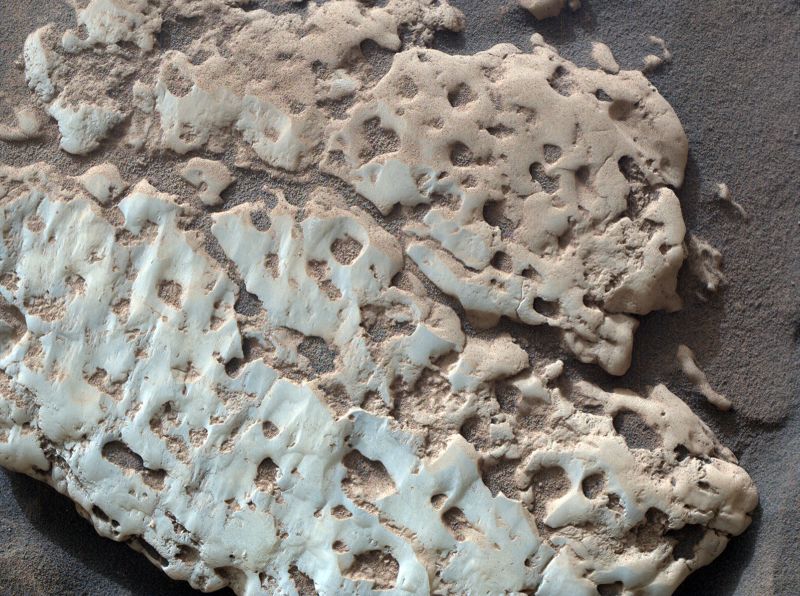
A close-up of the rock nicknamed "Snow Lake," which resembles the rock crushed by the rover and contains sulfur elements. Photo: NASA/JPL
Sulphur rocks are often described by Vasavada as having a "beautiful, translucent, crystal-like texture," but weathering on Mars has essentially sanded the rock's outer layer, consisting mainly of shades of orange.
Vasavada said team members were surprised twice, once when they saw the "beautiful texture and color inside" the rock, and the second time when they used Curiosity's instruments to analyze the rock and received data showing it was pure sulfur.
Pure sulfur only forms under certain conditions on Earth, such as volcanic processes or in hot or cold springs. Depending on the process, different minerals are created along with the sulfur.
On June 18, the team sampled a large rock from the Gediz Vallis channel, nicknamed “Mammoth Lakes.” Vasavada said that an analysis of the rock’s dust, performed with instruments on the rover, revealed a wider variety of minerals than ever before during the mission.
“We saw almost every mineral we've ever seen in the entire mission, all in this rock,” he said.
“It’s possible that this slab has been through different types of environments and they’re overlapping, and now we have to figure that out,” Vasavada said.
The Curiosity rover continues to explore the area in search of more surprises, and after its move, the rover will head west to move along the mountain, rather than straight up, to look for more interesting geological features.
Hoai Phuong (according to NASA, CNN)
Source: https://www.congluan.vn/phat-hien-gay-soc-ve-cac-tinh-the-mau-vang-luc-tren-sao-hoa-post304415.html







![[Photo] Hanoi morning of October 1: Prolonged flooding, people wade to work](https://vphoto.vietnam.vn/thumb/1200x675/vietnam/resource/IMAGE/2025/10/1/189be28938e3493fa26b2938efa2059e)
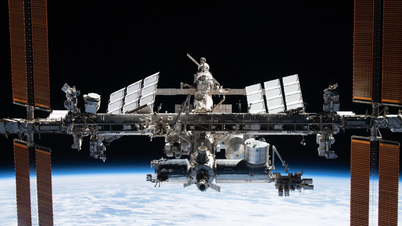

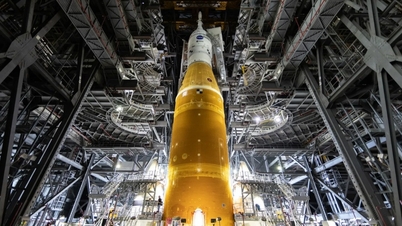

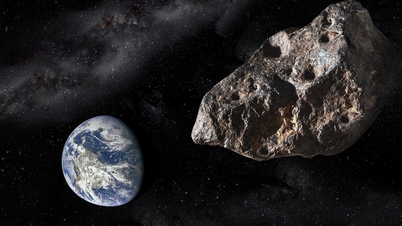


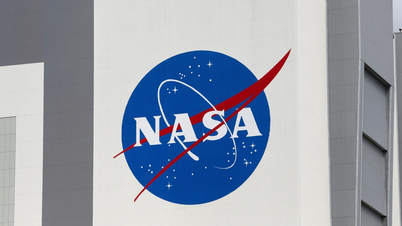





















![[Photo] President Luong Cuong receives President of the Cuban National Assembly Esteban Lazo Hernandez](https://vphoto.vietnam.vn/thumb/1200x675/vietnam/resource/IMAGE/2025/9/30/4d38932911c24f6ea1936252bd5427fa)
![[Photo] Panorama of the cable-stayed bridge, the final bottleneck of the Ben Luc-Long Thanh expressway](https://vphoto.vietnam.vn/thumb/1200x675/vietnam/resource/IMAGE/2025/9/30/391fdf21025541d6b2f092e49a17243f)






























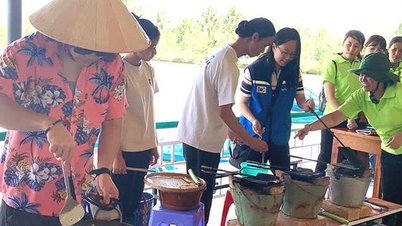




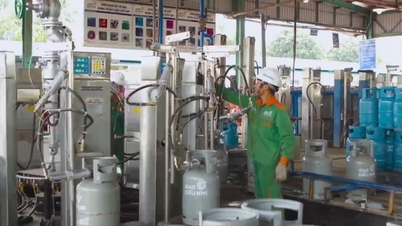




















Comment (0)